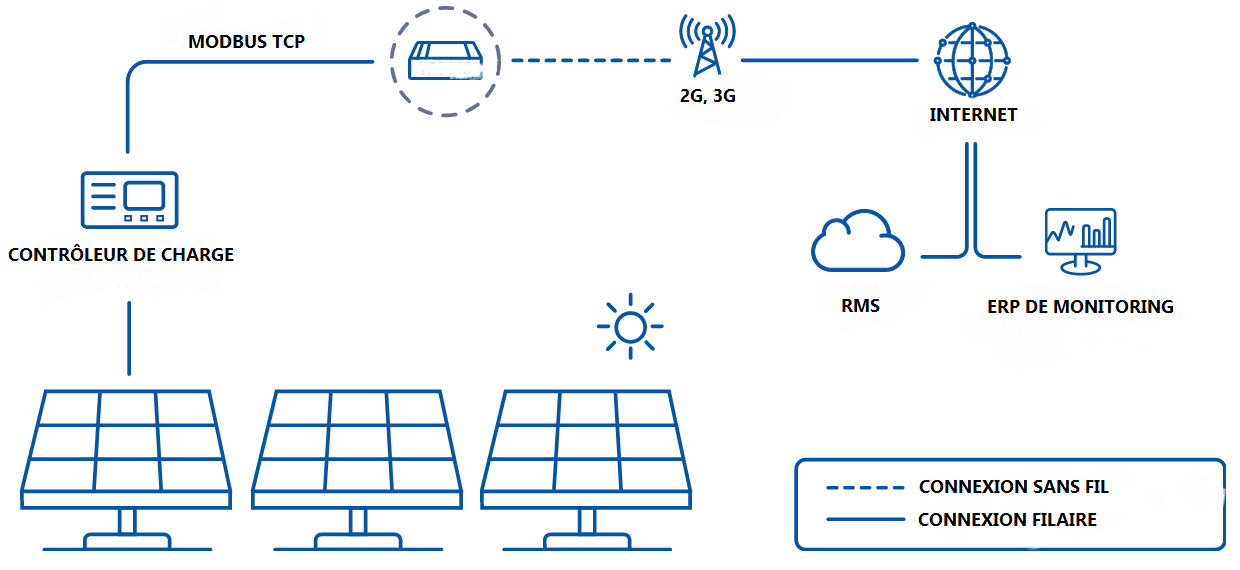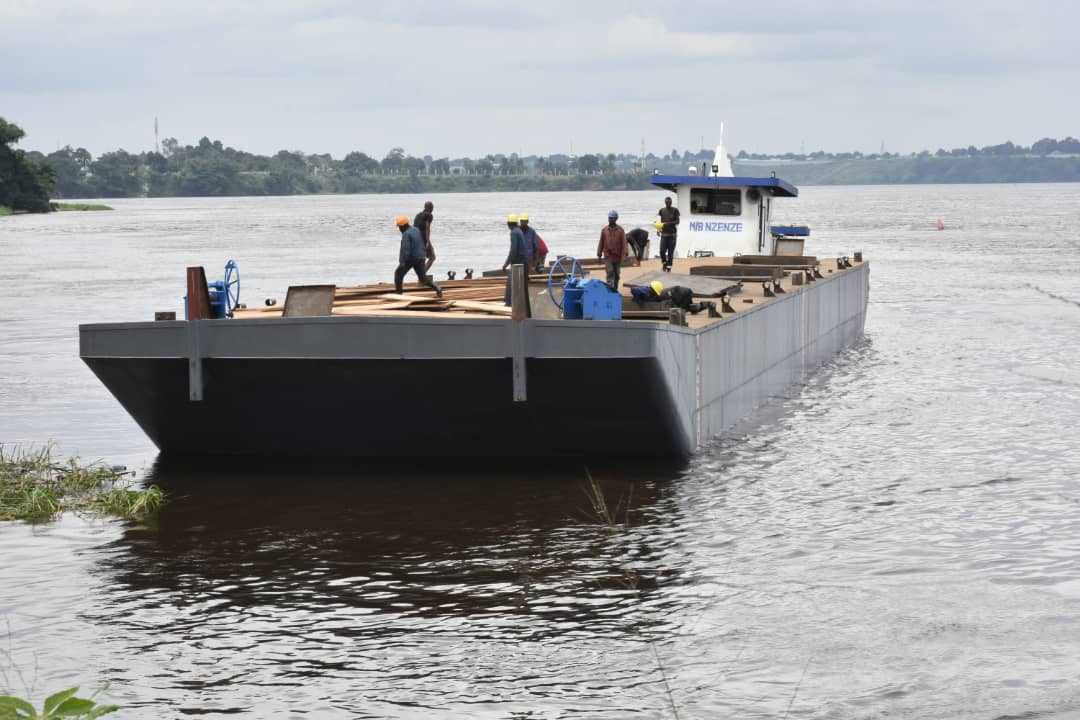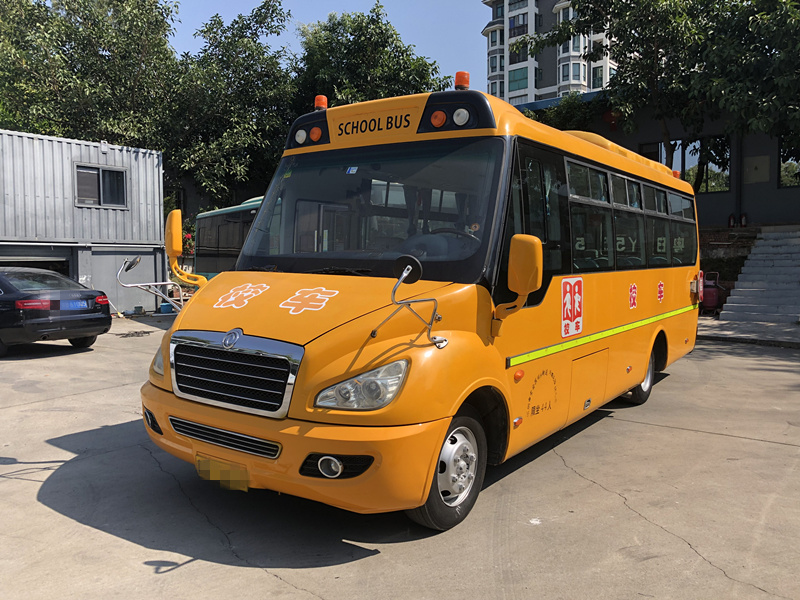Remote monitoring of solar power plants
Summary
With an electrification rate of only 1% in rural areas, finding alternative sources of electrification is one of the major challenges in the DRC.
Installing mini-solar power plants and monitoring their operation remotely is one of the solutions to reduce the energy divide in our country.
Challenge
According to the GSMA, the DRC is one of the countries on the African continent that still has the largest connectivity gap between rural and urban areas. In a report published in 2020, the GSMA deplored the fact that the mobile Internet penetration rate was only 16% in rural areas compared to 40% in urban areas in several countries on the African continent.
And in the DRC, in rural areas, internet coverage is still largely provided in 2G and partially in 3G, while 4G is still non-existent.
How to ensure remote monitoring of a solar power plant in these areas with 2G and 3G coverage?
Indeed, the performance of the solar power plants must be closely monitored to guarantee maximum productivity and availability to ensure that everything is working properly and that the electricity production rate is within acceptable values to meet the investment return schedule.
Additionally, remote monitoring is essential for scheduled maintenance, such as battery replacement or solar panel cleaning, needed by the power plant to maximize long-term performance.
Solution
Our remote monitoring solution is based on a simplified classic scheme with a cellular connectivity device at its heart.
The solar controller is the brain of solar power plant operation and is usually capable of outputting system data via industrial protocols, such as Modbus TCP.
Depending on the size of the solar power plant, many solar charge controllers are configured to track power generation data from an array of solar panels.
The best way to interpret this data is to use an IoT cloud platform where the data is aggregated and presented to the operator with performance metrics and suggested maintenance information.
We used a TRB140 gateway because of its secure and reliable cellular connectivity via 2G and 3G and its easy-to-use user interface, which requires no specialized training. Additionally, the TRB140 includes advanced RutOS features, such as multiple VPN services, industrial protocols, networking, and remote management (Modbus TCP, MQTT, etc.).
Topology



